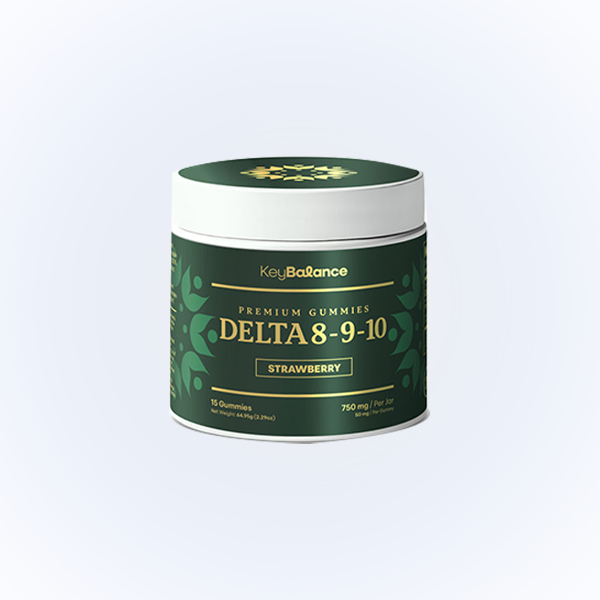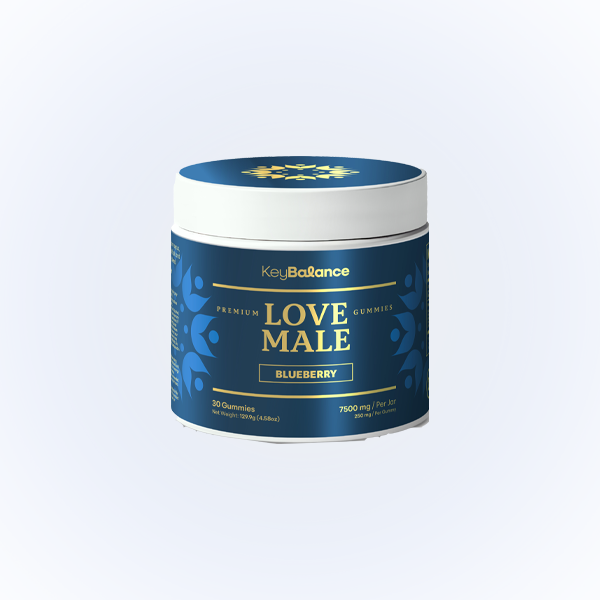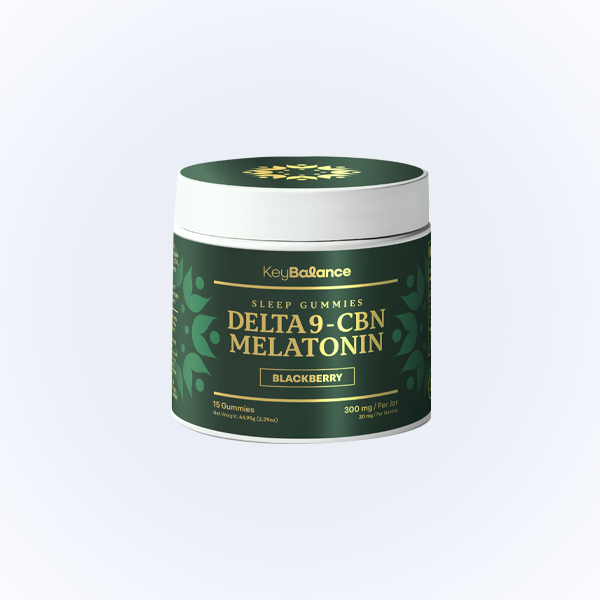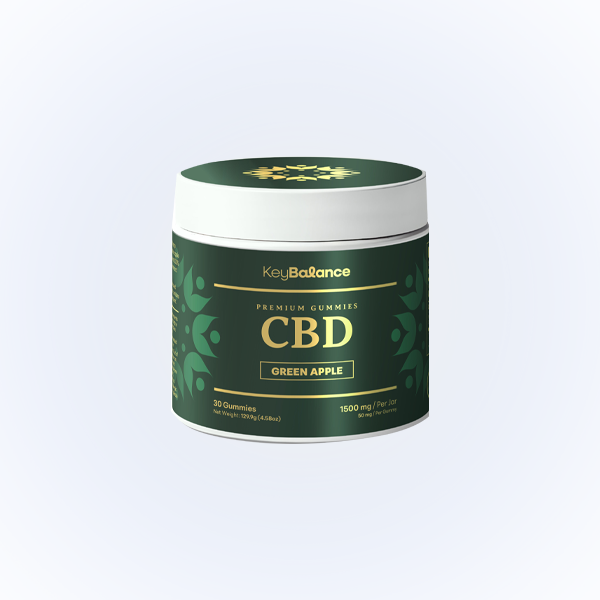CBD Expiration Chart - How Long Does Each Product Really Last?

You must know the expiry date of CBD products before buying them. CBD products don’t last forever, and using them after their expiry date can reduce their effects. Whether it's oils, gummies, or creams, each has a specific shelf life. In this guide, you will learn when CBD expires, how to spot signs of aging, and how to store it properly to make it stay longer.
CBD Products and Their Typical Expiry Date
|
CBD Product Type |
Typical Expiry (Unopened) |
Expiry After Opening |
|
CBD Oil (Tinctures) |
12 – 24 months |
6 – 12 months |
|
Water-Soluble CBD |
12 – 14 months |
~6 months |
|
CBD Gummies |
12 months |
3 – 6 months |
|
CBD Capsules/Tablets |
12 – 18 months |
~6 months |
|
CBD Softgels |
12 – 18 months |
~6 months |
|
CBD Balms & Salves |
24 – 36 months |
12 – 18 months |
|
CBD Patches |
24 – 36 months |
(Single use) |
|
CBD Vape Liquid |
12 – 18 months |
6 – 12 months |
|
CBD Nasal Spray |
12 months |
3 – 6 months |
|
CBD Flower (Raw Buds) |
6 – 12 months |
~3 months |
|
CBD Topical Creams/Lotions |
18 – 24 months |
6 – 12 months |
|
CBD Beverages |
6 – 9 months (check label) |
Consume within 24–48 hrs |
|
CBD Honey |
24 months |
6 – 12 months |
|
CBD Chocolates/Snacks |
6 – 12 months (depends) |
2 – 3 months |
Why do CBD Products Expire? Let’s Check the Reason Behind It!
CBD degradation occurs due to oxidation, UV light exposure, heat, and microbial growth. With the passage of time, CBD molecules break down, which reduces its potency and effectiveness. Terpenes, which give CBD its aroma and therapeutic synergy, also degrade, which changes the product’s profile. Studies show CBD remains stable for up to two years if it is stored properly, but poor storage can reduce its shelf life. According to research published in Cannabis and Cannabinoid Research, light and air exposure are primary culprits in CBD breakdown. Understanding this science helps users store products correctly and avoid wasting money on degraded, less effective CBD.
How to Understand the Lab Report To Check Shelf Life of CBD Products?
A Certificate of Analysis (CoA) is like a "quality report card" for CBD products. To check if your CBD is fresh and safe, start by looking at three main things on the CoA: potency, contaminants, and dates.
First, compare the CBD and THC levels listed on the CoA to what’s printed on the product label. If the numbers are much lower, the product might be old or degraded. Next, check for contaminants like mold, pesticides, or heavy metals (these should say "ND" or "not detected"). Then, look at the test date and expiration date, products tested over a year ago might not be as fresh.
Over time, CBD breaks down and loses strength, and THC can turn into a sleepy compound called CBN (a sign of aging). The natural ingredients that give CBD its smell and effects (called terpenes) also fade as the product gets older. Always store CBD in a cool, dark place to keep it fresh longer, and avoid products with cloudy lab reports or missing details.
How does Packaging affect the Lifespan of CBD products?
Packaging plays an important role in keeping your CBD fresh and effective for longer. Not all packaging is created equal, so knowing the differences can help you choose better products.
Glass vs. Plastic:
Glass bottles, especially dark amber ones, protect CBD from light and don’t react with the product. This can extend shelf life by up to 6–12 months compared to plastic, which often allows light and air in, speeding up degradation.
Amber vs. Clear Bottles:
Amber or dark-colored bottles block UV light, which breaks down CBD faster. Using amber glass can increase product longevity by 30–50% compared to clear bottles, which offer less protection.
Vacuum-Sealed vs. Non-Sealed:
Vacuum-sealed packaging removes air, reducing oxidation. This can extend shelf life by 6 months or more, while non-sealed containers expose CBD to oxygen, potentially reducing shelf life by months due to faster spoilage.
New Packaging Innovations:
Oxygen absorbers absorb leftover oxygen inside packaging which adds another layer of protection that can increase shelf life of your CBD products.
UV-resistant coatings further block harmful rays, improving product stability and extending freshness by up to 20–30%.
Smart labels don’t directly extend shelf life but it enables users to track freshness so that they can avoid the expired products.
Can You Freeze or Refrigerate CBD?
If you are thinking about freezing or refrigerating your CBD product, do not do that until you are aware of the types of CBD that can be frozen. Many users wonder if refrigerating or freezing CBD can help it last longer.
The short answer is: yes, but it depends on the product type.
Which CBD Products Can Be Frozen?
CBD oils and tinctures can be refrigerated and may benefit from cooler temps, especially if you live in a hot or humid climate. Freezing is generally safe for oils and capsules, but it’s unnecessary unless you're storing them long-term (6+ months). CBD Gummies or edibles can be refrigerated to keep them fresh and prevent melting.
Which CBD Products Should Avoid Freezing?
Balms, salves, and creams may change texture in the fridge, making them harder to apply. Vape liquids should NOT be frozen, as the consistency and potency can be affected. Refrigeration is unnecessary if the product is already in dark, airtight packaging and stored in a cool place.
Tips To Freeze CBD Products:
If you freeze CBD, seal it tightly to prevent moisture or air exposure.
Let its temperature rise naturally at room temperature. Avoid using microwaves or heat, it can damage the ingredients in the product.
Shake well before use, especially for oils, as ingredients may separate during freezing.
Opened Vs Sealed Packaging - What Changes Happen After Opening the Packaging of Product?
Many CBD users don’t realize that shelf life changes once a product is opened. Breaking the seal exposes CBD to oxygen, moisture, bacteria, and light which speed up the degradation process. While unopened CBD products can last 12 to 36 months (depending on the product type), opened products may only stay fresh for 6 to 12 months, or even less if not stored properly.
Once you open the seal, make sure to tightly reseal the packaging, avoid direct sunlight, and store it in a cool and dry place after each use. Refrigeration can help preserve potency, especially for oils and edibles. Always monitor for changes in smell, color, or consistency after opening.
Guidelines to Store CBD Products:
Proper storage plays a big role in keeping your CBD fresh, effective, and safe to use. No matter what type of product you have oil, gummies, capsules, vapes, or creams these simple guidelines will help extend its shelf life:
Keep it cool: Store CBD at room temperature (ideally 16–22°C or 60–72°F). Avoid heat sources like stoves, cars, or sunny windows.
Avoid sunlight: UV rays can break down cannabinoids. Store your products in a dark cupboard or drawer, not out in the open.
Seal it tight: Always close lids or zip seals firmly after use to reduce exposure to air and moisture.
Keep it dry: Humidity can cause mold or degradation, especially in edibles and topicals. Avoid storing in bathrooms or damp spaces.
Avoid frequent opening: Constantly opening and exposing CBD to air can speed up oxidation.
Label and date: If you’ve opened a product, write the date on the container so you know how long it’s been in use.
3 Common Myths About CBD Expiry – What’s True and What’s Not?
When it comes to CBD expiration, there are plenty of myths floating around. Let’s bust the most common ones:
“Expired CBD is dangerous.”
Not always true. Expired CBD usually just loses potency over time. It might not work as well, but it’s rarely harmful unless it smells bad, looks moldy, or stored poorly.
“Smell and taste always reveal if it’s expired.”
Not true. While bad odor or flavor can be a warning sign, many expired CBD products show no obvious change. It's better to check the expiration date or lab report instead.
“Freezing CBD makes it last forever.”
Freezing can extend shelf life, but not forever. Over time, even frozen CBD can degrade especially if it’s thawed and refrozen or exposed to air.





